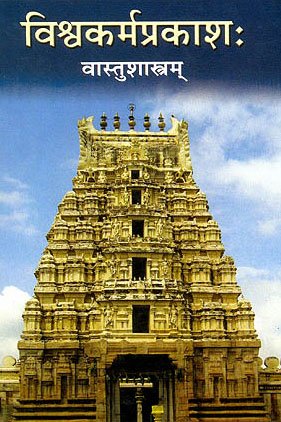Shripratishthita, Śrīpratiṣṭhita: 1 definition
Introduction:
Shripratishthita means something in Hinduism, Sanskrit. If you want to know the exact meaning, history, etymology or English translation of this term then check out the descriptions on this page. Add your comment or reference to a book if you want to contribute to this summary article.
The Sanskrit term Śrīpratiṣṭhita can be transliterated into English as Sripratisthita or Shripratishthita, using the IAST transliteration scheme (?).
In Hinduism
Vastushastra (architecture)
Source: Wisdom Library: Vāstu-śāstraŚrīpratiṣṭhita (श्रीप्रतिष्ठित):—The Sanskrit name for a classification of a ‘temple’, according to the Īśānaśivagurudevapaddhati which features a list of 52 temple types. This list represents the classification of temples in South-India.

Vastushastra (वास्तुशास्त्र, vāstuśāstra) refers to the ancient Indian science (shastra) of architecture (vastu), dealing with topics such architecture, sculpture, town-building, fort building and various other constructions. Vastu also deals with the philosophy of the architectural relation with the cosmic universe.
See also (Relevant definitions)
Relevant text
Search found 2 books and stories containing Shripratishthita, Śrīpratiṣṭhita, Sripratisthita; (plurals include: Shripratishthitas, Śrīpratiṣṭhitas, Sripratisthitas). You can also click to the full overview containing English textual excerpts. Below are direct links for the most relevant articles:
Vastu-shastra (5): Temple Architecture (by D. N. Shukla)
Vastu-shastra (2): Town Planning (by D. N. Shukla)
Towns or Cities in ancient Indian town-planning < [Chapter 2 - Villages, Towns and Forts in General]
Villages in ancient Indian town-planning < [Chapter 2 - Villages, Towns and Forts in General]